At the time of writing, there are two graphics cards in existence that support FSR 4. That's been the case for two months, and although we may get another GPU that supports FSR 4 soon, the lineup still looks slim. It looks even slimmer when you consider how difficult it has been to find AMD's latest GPUs in stock.
FSR 4 is a big deal. Not only is it the first time AMD has truly taken the fight to Nvidia on both upscaling and frame generation, it also marks the first version of AMD's tech to require specific hardware. The cat is out of the bag on upscaling and frame generation technologies, though, and despite some initial momentum in game support, there's a long road ahead for AMD if it wants FSR 4 adopted as broadly as Nvidia's DLSS has.
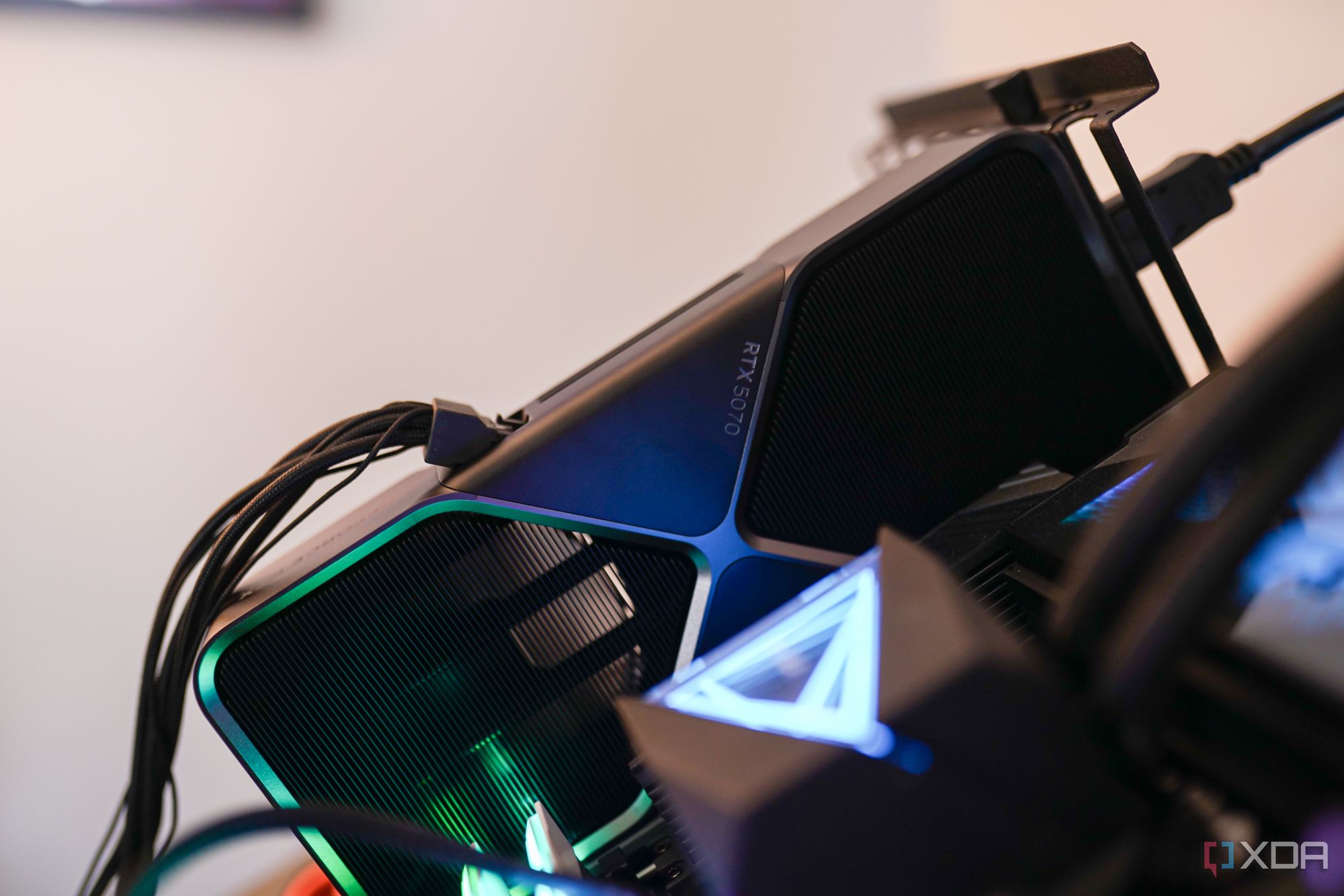
Related
DLSS is Nvidia's Achilles heel — here's why
It's great for gamers, but DLSS can only hurt Nvidia in the long run.
FSR 4 looks amazing, if you can use it
The RX 9070 XT is a sought-after GPU, regardless of FSR 4 support
Nvidia shot first with AI-assisted upscaling. Debuting alongside RTX 20-series GPUs, Deep Learning Super Sampling (DLSS) wasn't a hit right away. Not only did it have a high setup cost, it also only supported a few games, it only worked with RTX 20-series GPUs, and it looked terrible. DLSS has turned into a smash success for Nvidia, even moreso than its last several generations of GPUs, despite these issues. And at the time when DLSS was introduced, the situation was similar to today. RTX 20-series GPUs were bought up and hoarded by scalpers, so even if you wanted to play one of the few games that supported DLSS, you'd have to track down an elusive GPU that supported it.
The circumstances for FSR 4 are similar. It's a new, exclusive technology, and you need to invest in one of AMD's latest graphics cards to use the feature. AMD has done a great job with game support out of the gate, but FSR 4 isn't in the same boat as the original DLSS. The implications of upscaling and frame generation on gaming performance today are vastly different than they were in 2019 when DLSS first arrived on the scene.
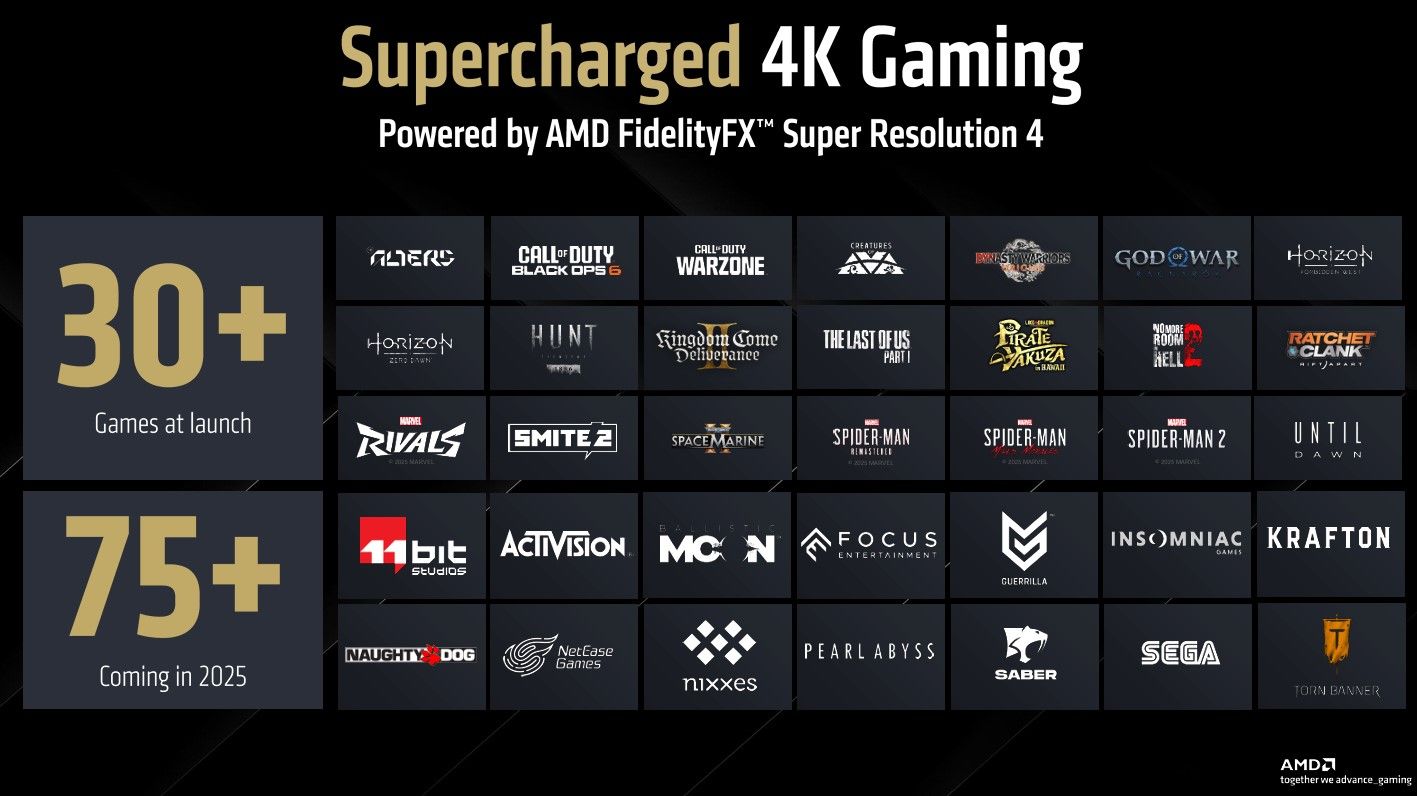
You could count the number of games with any sort of upscaling feature on one hand prior to DLSS' introduction, much less those with AI-assisted upscaling. Today, any AAA game that releases without broad upscaling and frame generation support will be (rightfully) scolded. Most rigs need some help from upscaling or frame generation to even play the latest games, and that's before we talk about pushing otherwise impossible rendering feats like real-time path tracing and poorly optimized PC releases.
These technologies are foundational to PC gaming today, and you don't need to take my word for it. Nvidia and AMD regularly use performance numbers in their marketing materials with FSR or DLSS turned on, often obfuscating the performance without these features. Like it or not, DLSS and FSR are inextricably connected to the performance of modern graphics cards. To ignore FSR and DLSS is to ignore the way the vast majority of us play games. So, when features like FSR 4 are so important to a modern gaming experience, it's hard to have the same patience with limited availability that we did years ago when DLSS first launched.
With only two GPUs that support FSR 4 available, and with them almost universally sold out at retailers, it's hard to put momentum behind the feature. We may see an RX 9060 XT, but even then, AMD hasn't made any guarantees that future RDNA 4 cards will support the feature. It'll likely take more than one generation, and several years, before it's easy to say that FSR 4 is broadly available.

Related
4 ways FSR 4 could help paint a terrible future for PC gaming
FSR and DLSS are amazing technologies, but they could also be bad for the industry.
A shifting goal post has created a support headache
FSR 4 doesn't build on previous versions; it rewrites the rules
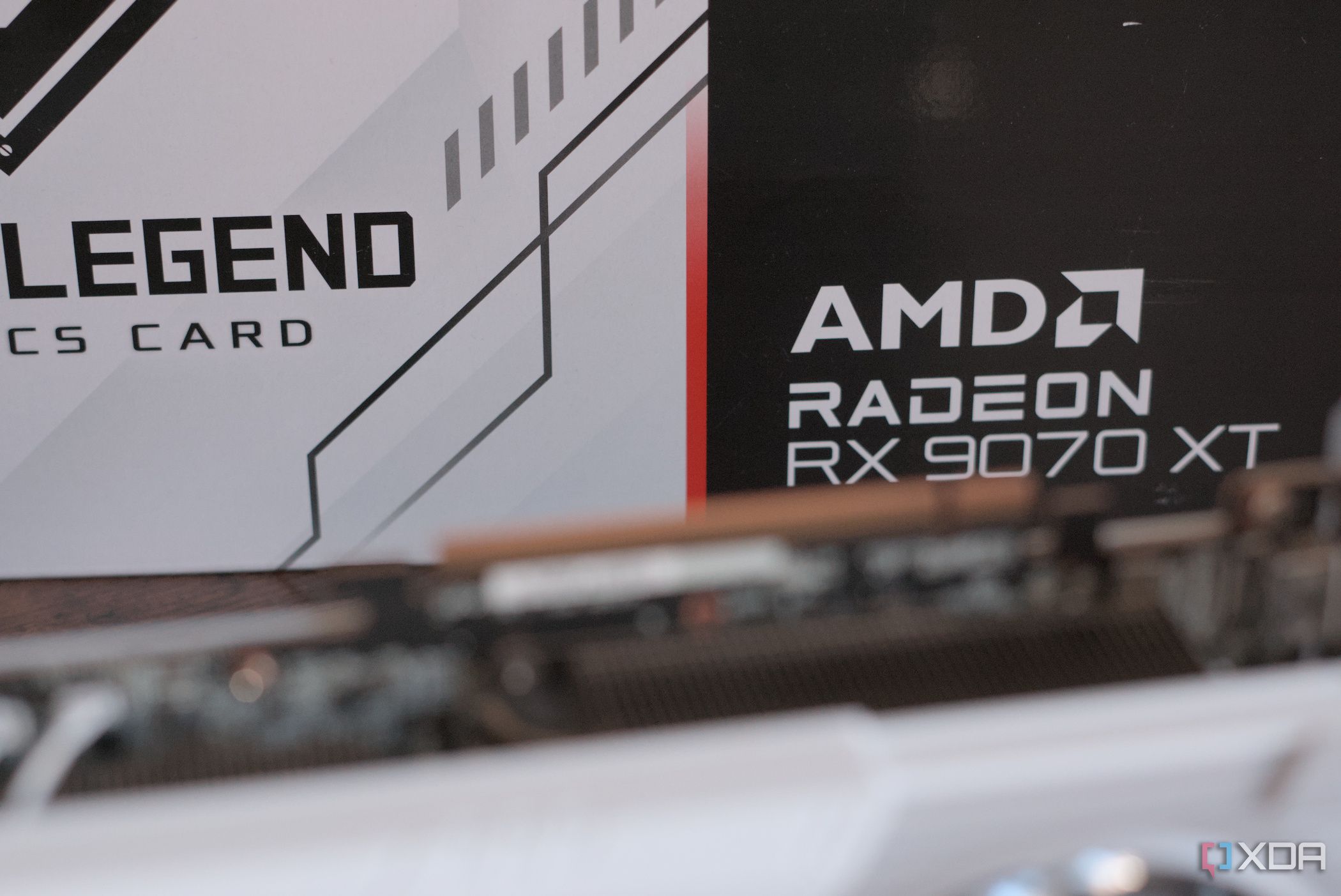
Something that isn't talked about enough is how AMD has redefined FSR's priorities with the release of FSR 4. Gamers never flocked to FSR for image quality or performance. On its best days, FSR could match what DLSS was capable of, and on its worst, it didn't even come close. The whole idea behind FSR was broad adoption. You didn't need a specific GPU to use the feature, so in the likely event that you couldn't use DLSS years ago, you could fall back on FSR to still enjoy a good performance boost.
Obviously, with FSR 4, the priority has shifted from broad support to maximum image quality and performance. And for the first time, it's hard to say DLSS is strictly better than FSR. This shift in priority has created an issue when it comes to backwards compatibility, though, and added a barrier to entry for new games to implement FSR 4.
The first version of DLSS was a disaster, but Nvidia quickly recognized the problem and released DLSS 2. With the release of DLSS 2, Nvidia designed a system where new versions of its upscaling tech were essentially drop-in replacements. If you're playing a game with an older version of DLSS, updating to a newer version is simply a matter of downloading a new DLL file and dropping it in the right folder. There have been some minor improvements between DLSS versions, but this system really displayed its power with the release of DLSS 4 and its Transformer model, allowing you to use a better version of DLSS even if the game developer won't add the new version.
That's not how FSR works, or at least, that's not always how it worked. A little over a year ago, AMD introduced FSR 3.1 with some big visual improvements, but it also moved to support drop-in upgrades like DLSS. Clearly, that paid off for AMD, too. Despite how few people can actually use FSR 4 right now, it's already available in over 40 games. Every one of those games used FSR 3.1, making the FSR 4 update a drop-in replacement.
Still, that puts FSR 4 in a bit of a bind. Nvidia has had five years of drop-in upgrades for DLSS, riding the wave of broad upscaling adoption across PC releases. The library of games that support FSR 1, 2, or even 3.0 don't have that upgrade path available. Hopefully, we will see FSR 4 support in new games as they're released, but I don't have high hopes for older titles with an older version of FSR seeing an update.
Broad appeal leads to broad support
FSR 4's exclusivity cuts off the tech's lifeline
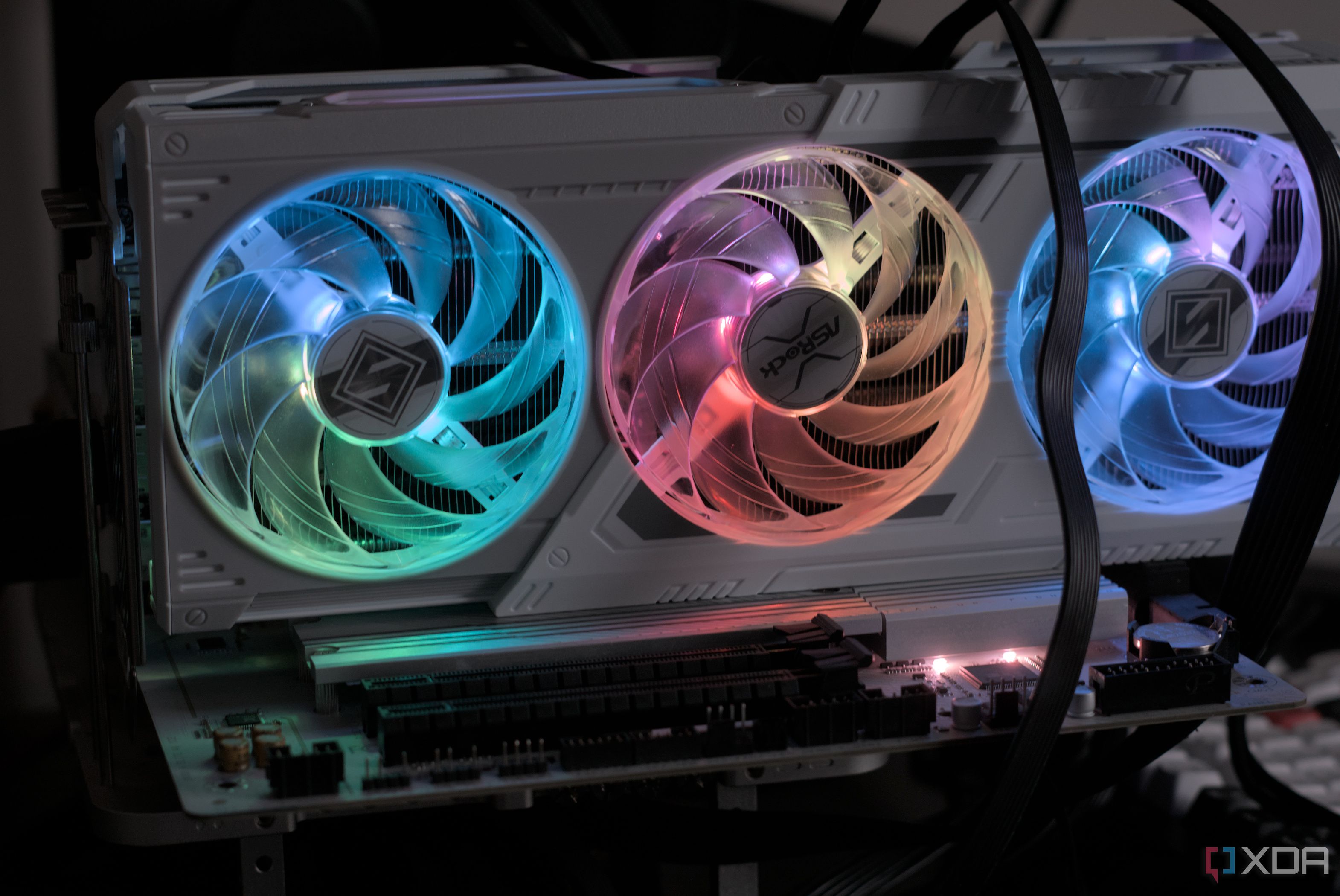
Here's what will ultimately limit FSR 4's adoption: broad appeal. DLSS is available in far more games than FSR, even if you include all the various versions of FSR over the past few years. Did Nvidia bribe game developers or work out some underhanded deal to lock out FSR from games that only support DLSS? Maybe, and you'll certainly get that impression if you go too deep in the Reddit comments. But it doesn't matter ultimately. DLSS support is so broad because the PC gaming market overwhelmingly uses Nvidia GPUs. Game developers are going to support features that their players actually use.
With FSR 4 locked down to RX 9070 GPUs, broad console and PC appeal is lost.
AMD had carved out a specific niche for itself with FSR. As a fallback, FSR represented support for everything that wasn't an RTX GPU, including Nvidia's own GTX cards. More importantly, FSR works on consoles. From the perspective of game developers, it makes sense to support both DLSS and FSR. With DLSS, you're capturing the majority of the PC market, and with FSR, you're capturing consoles. I reckon that a big part of FSR's initial adoption came down solely to the fact that it works on consoles.
With FSR 4 locked down to RX 9070 GPUs, that broad appeal is lost. It isn't supported on consoles (at least not yet), and it represents a number of gamers so small that they don't even register in the latest Steam hardware survey. If we see an RX 9060 XT, that will lead to slightly more appeal. But there's still a long road ahead unless AMD can suddenly grab a ton of market share. Given the state of availability for RX 9070 GPUs, I don't have high hopes on that front.
What comes next for AMD and FSR
Hope for the best, plan for the worst
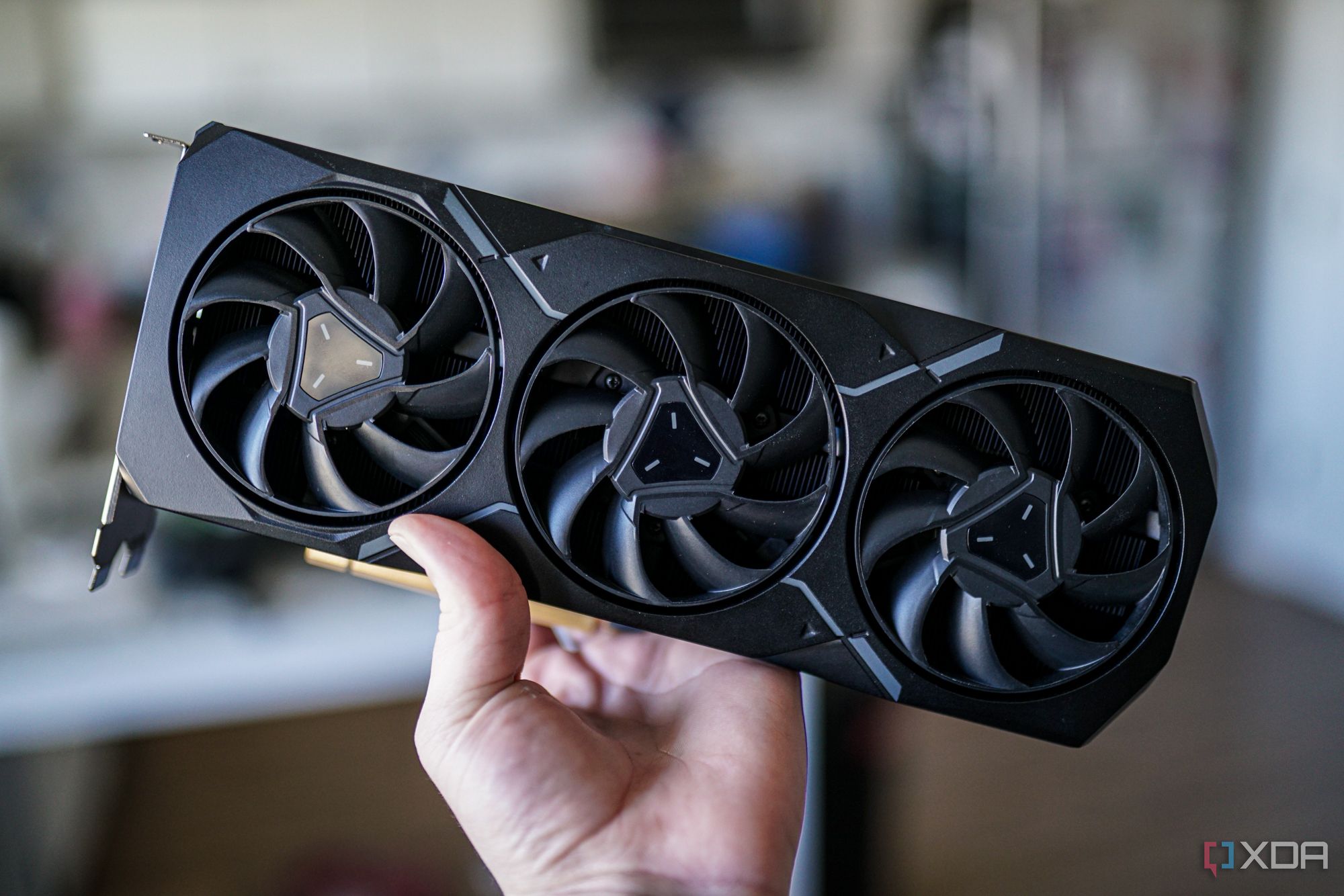
Nvidia has maintained a consistent edge over AMD when it comes to DLSS and FSR. Nvidia struck first with Frame Generation, and now DLSS includes Ray Reconstruction and Multi-Frame Generation (MFG). If history repeats itself, AMD will eventually follow up with a new version of FSR with its own take on these features, trying to build an ecosystem that can competently compete with what Nvidia is offering. FSR 4 is a step in that direction, but it's just the first step. There's a long road ahead.
It'll likely take a few generations before FSR 4 adoption really ramps up, and by then, we might even have a new version of FSR; one that, hopefully, is a drop-in replacement that builds on FSR 3.1. Although we're technically on the fourth version of FSR, it's really a new beginning for AMD's tech, one that closely mirrors Nvidia with exclusivity to a certain architecture. It could catch on as DLSS did, but given AMD's position in the GPU market, that will take a long time.
There's another lingering question about FSR, and that's about what happens to AMD's GPU-agnostic approach. FSR 4 suggests exclusivity is the new direction forward for FSR, but does that mean we'll no longer see FSR as a fallback in games? When we're a few generations down the line, will AMD reserve course and go back to a GPU-agnostic design? Only time will tell.
.png)

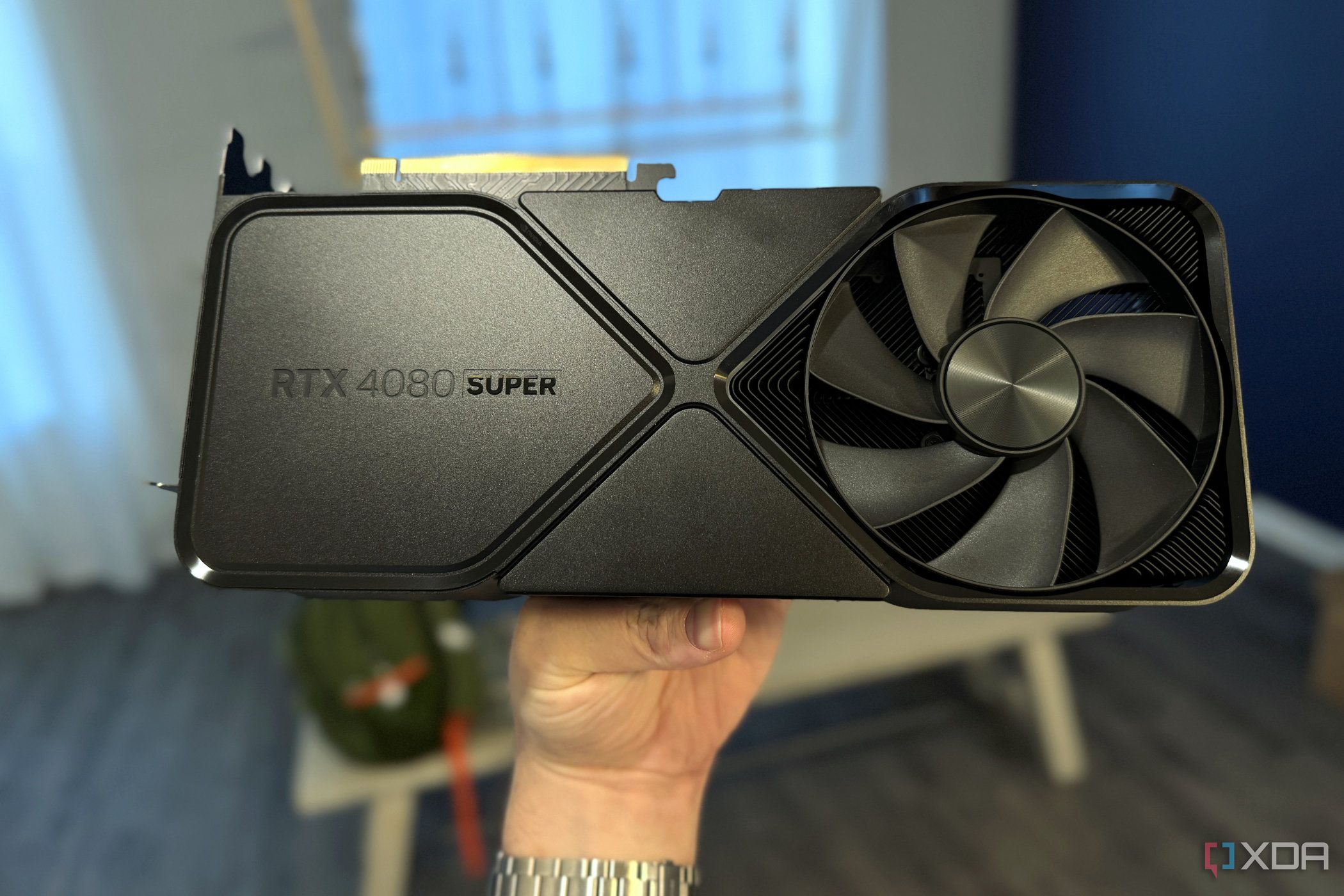

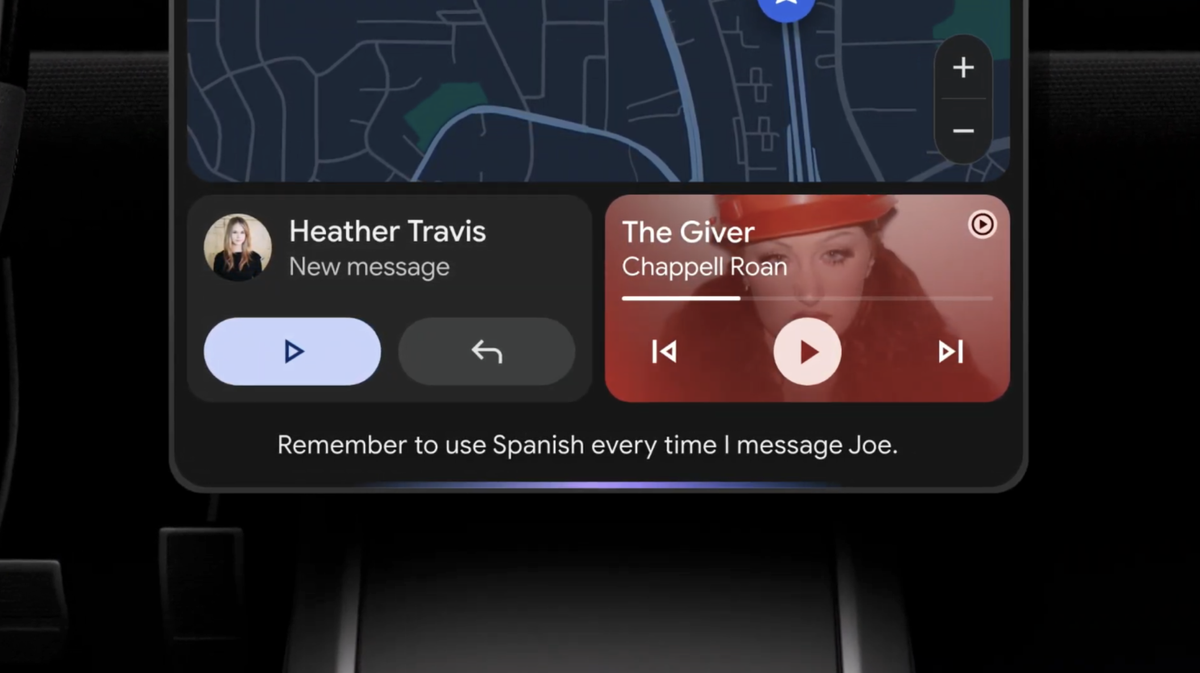









 English (US) ·
English (US) ·